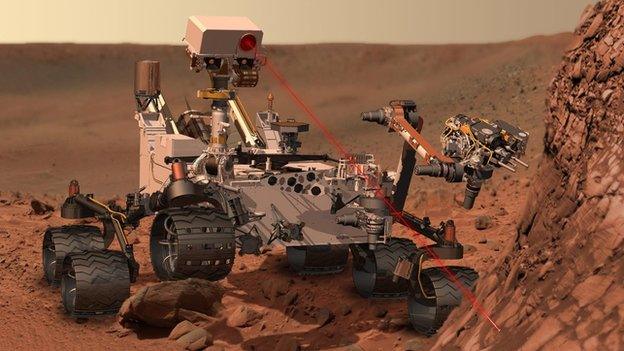Space calendar 2019: What's happening this year?
- Published
- comments

Read on to find out about some of the exciting things that will be happening in space next year
We're taking a look ahead at all the amazing things that will be happening in space in 2019.
2018 was a pretty exciting year for space exploration.
The Mars InSight lander touched down in November, a mission launched to try to 'touch the Sun', a car was blasted into space in February and the International Space Station (ISS) marked 20 years since it first started orbiting the Earth.
So what's in store this year?
January
There's no waiting around as there's plenty to look forward to in the first month!
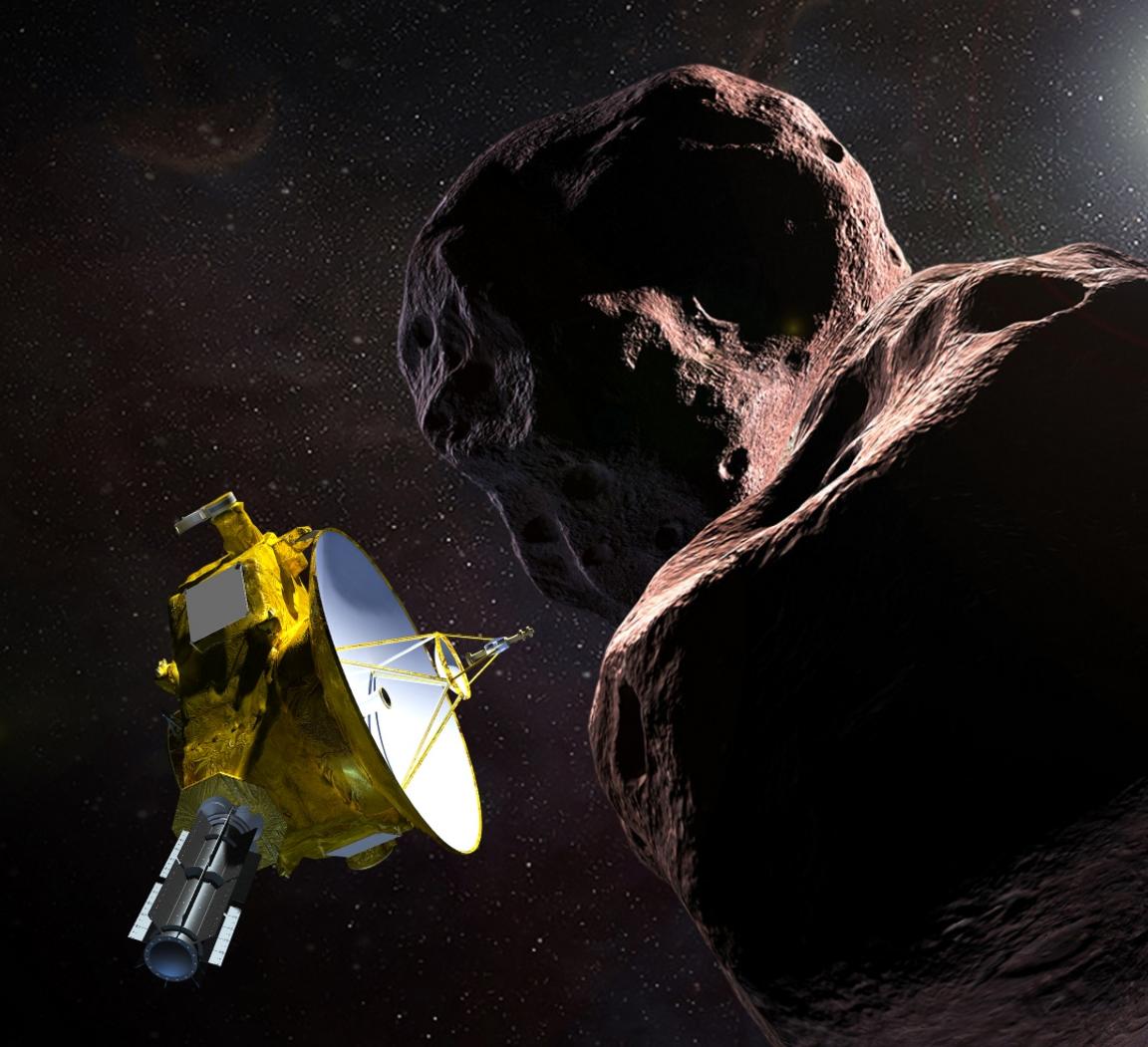
The year will kick off with a historic fly-by by the Nasa Horizons probe
On the very first day of 2019, Nasa's New Horizons probe made history as it flew past an icy world known as Ultima Thule, around 4 billion miles from Earth.
It is the most distant ever exploration of a solar system object by a spacecraft. It took pictures and other data during a fly-by lasting a few hours.
The probe is famous for making the first ever visit to the dwarf planet Pluto in 2015.
China is also hoping to land its Chang'e-4 lander on the far side of the Moon in January. No space probe has reached that part of the moon's surface because of communication difficulties, so it's an exciting mission.
The Quadrantids meteor shower will peak between 3 and 4 January
And our last total lunar eclipse until 2021 will be taking place between 20 and 21 January, so you don't want to miss that.
February
On 17 February, Israeli organisation SpaceIL is hoping to become the first private company to launch an unmanned spacecraft to the Moon. It will be launched from a Falcon 9 rocket built by Elon Musk's SpaceX company. The spacecraft will put an Israeli flag into the ground on the Moon and do research into the Moon's magnetic field.

Israel Aerospace Industries' Ofer Doron said SpaceIL's probe "showed the way for the rest of the world"
Either in late January or possibly February, it is hoped that the Mars InSight lander will start drilling deep beneath the surface of Mars. The information it gathers will hopefully tell us more about how Mars and other similar rocky planets were formed.
In mid-February, the Juno probe is also expected to make another sweeping visit close to Jupiter, so hopefully we'll get some nice pictures back from that!
And on February 19, the Moon will be passing closer to the Earth than usual so we can look forward to a Supermoon in our night sky.
March
Boeing - which is working with Nasa to come up with new spacecraft to take astronauts to the ISS - will launch a test flight of its CST-100 Starliner in the run-up to a crewed mission in August.
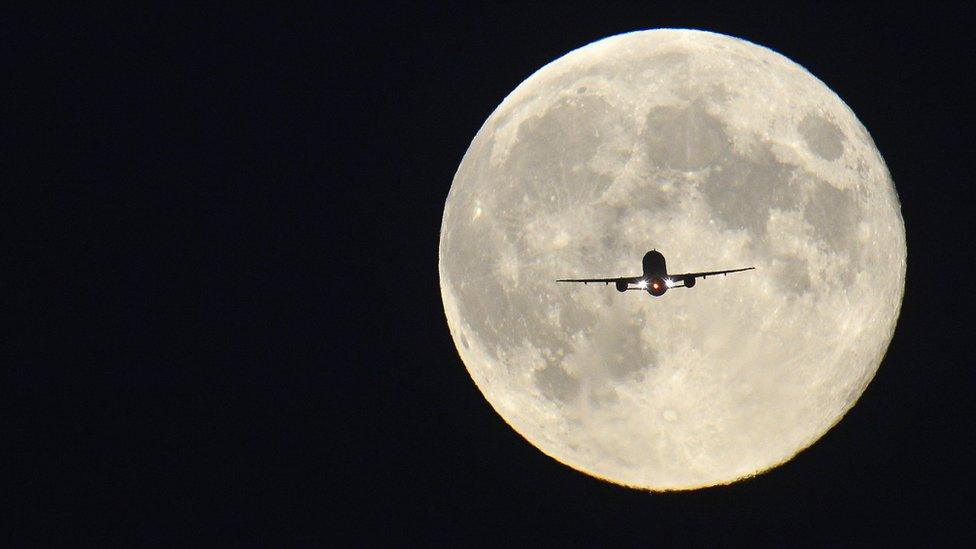
We'll be treated to three Supermoons next year - one of which (in January) will be a Super Blood Moon
And on March 21, we can look forward to another Supermoon too.
April
This is the month when Nasa's contract with Russia comes to an end, which is why Nasa has been working with Boeing and SpaceX to come up with new spacecraft to take its astronauts to the ISS. Currently, it needs Russia and its Soyuz spacecrafts to do this, ever since the Space Shuttle was retired in 2011.
Meanwhile, the spacecraft Juno will be keeping busy near Jupiter and is scheduled to make its 19th approach near the gas giant this month and send us back some nice pictures.
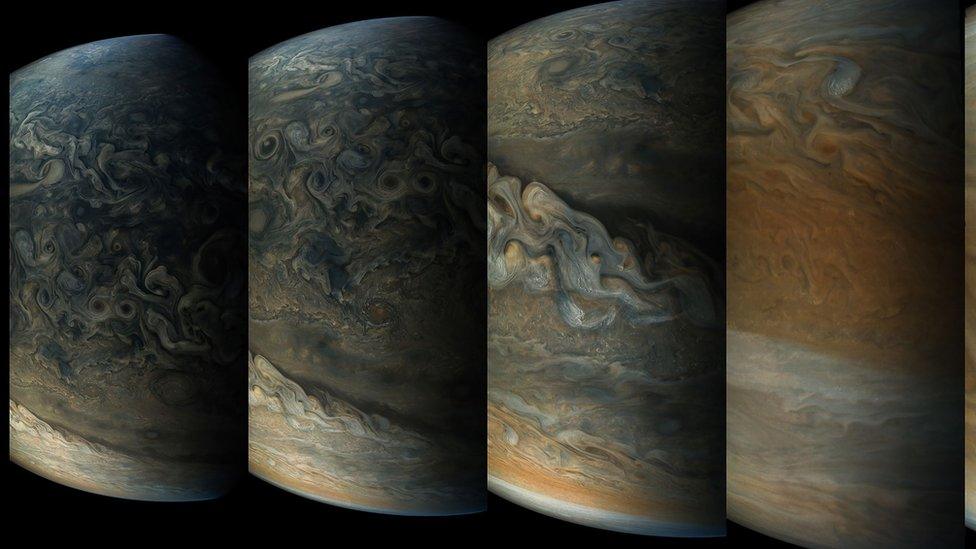
Juno has been taking some amazing pictures of Jupiter.
Nasa is also hoping to get back some important data from its Parker probe around 4 April, as it will hit a point in its orbit when it is closest to the Sun.
May
May is a quieter month, but there will be a meteor shower around 6 May called the Eta Aquarid meteor shower, which peaks during early-May each year. It's slightly easier to see it early in the morning in the southern hemisphere, but it can be see above the equator too. The pieces of space debris that create this shower come from Halley's comet.
June
Nasa is hoping that in June, it will be able to launch a manned SpaceX Falcon 9 rocket to the ISS. As you can tell, there's lots of work to be done in 2019 to enable the US to send its own astronauts to the station. This will be the company's first human passengers, so it's a big moment.
On 10 June, Jupiter will also be at a point where it makes its closest approach to Earth, so it will be looking especially big and bright.
July
July marks an extremely important space anniversary, as the world remembers 50 years since man first walked on the Moon. The Apollo 11 Moon landing launched on 16 July 1969 and touched down on the Moon on 20 July 1969, four days later. There will be lots of events all over the world to mark the occasion and plenty to do on the Newsround website too.
There will also be a total solar eclipse on 2 July, but unfortunately we won't be able to see it from here in the UK, as it will only be visible in the southern hemisphere.
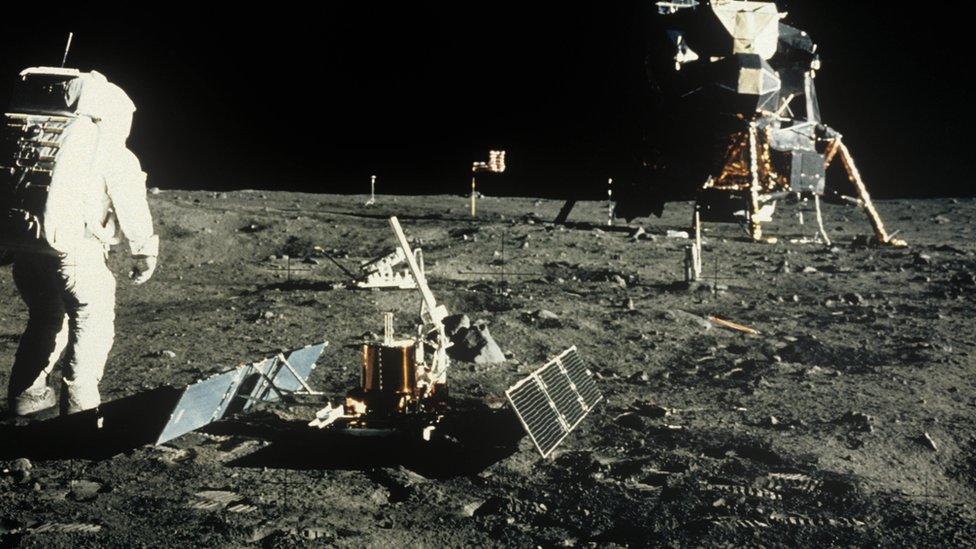
This picture shows Apollo 11 astronaut Edwin "Buzz" Aldrin near the lunar module when man first landed on the Moon
August
August can only mean one thing - it's Perseid meteor shower time! This shower happens when the Earth passes through the debris stream of a comet called 109P/Swift-Tuttle. It can be seen from late July through to late August, but it usually peaks around 12/13 August, as it will do in 2019.
September
Nasa's Parker probe is hoping to zoom closely past the Sun again - like in April - at the very start of September so we could get some more great close-up images. With each approach, it gets a little bit closer each time.
October
In either October or November, the European Space Agency is hoping to launch its Cheops space telescope. The idea is that the telescope will find out more about planets outside of our solar system. It was supposed to launch in 2015, so scientists will be very excited about this one. It will be working with the Tess satellite which blasted off earlier this year.
Uranus will also make its closest approach to Earth, so - like Jupiter back in June - it will look a little bigger and brighter than usual.
November
On 11 November, we will be treated to something really quite rare as Mercury passes in front of the Sun. It won't do this again until 2039, so astronomers will be looking forward to this moment. You mustn't look at this without special equipment though, as it's extremely dangerous to look directly at the Sun. If you want to find out more, ask an adult to take you along to an astronomy centre or speak to an expert.
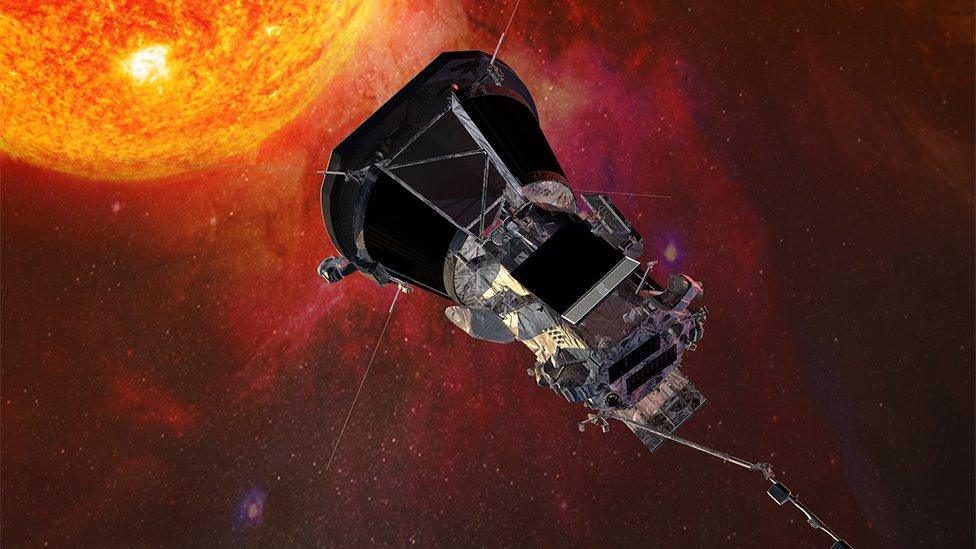
We'll be hoping to get some amazing pictures and information from Nasa's Parker solar probe
December
Just like August is time for the Perseids, December means it's time for the Geminids meteor shower. This shower is caused by debris from an asteroid called 3200 Phaethon.
The year will finish will a rare annular solar eclipse on 26 December but again - unfortunately - we won't be able to see it in the UK! For an annular eclipse to happen, the Moon has to be at its furthest from the Earth, so it doesn't quite cover up the Sun.
- Published26 May 2017
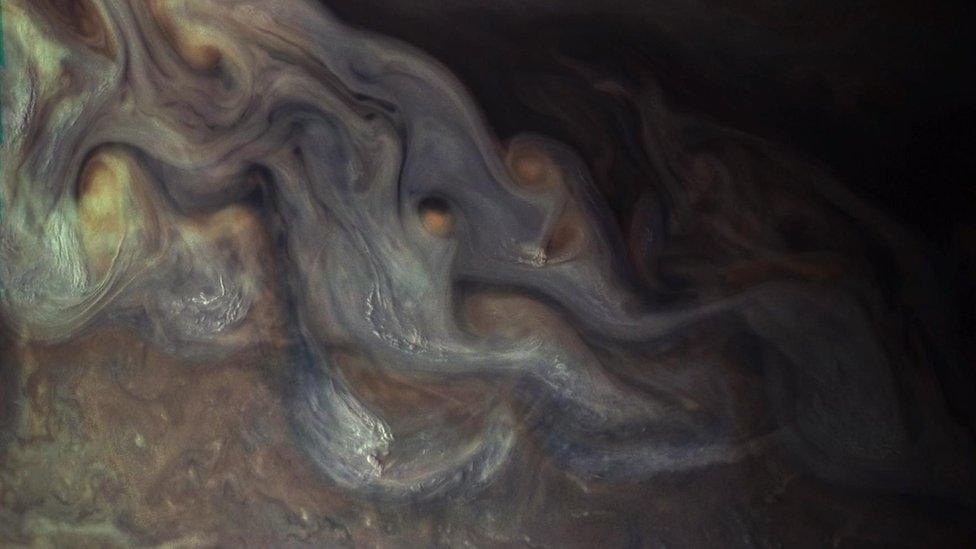
- Published15 September 2017
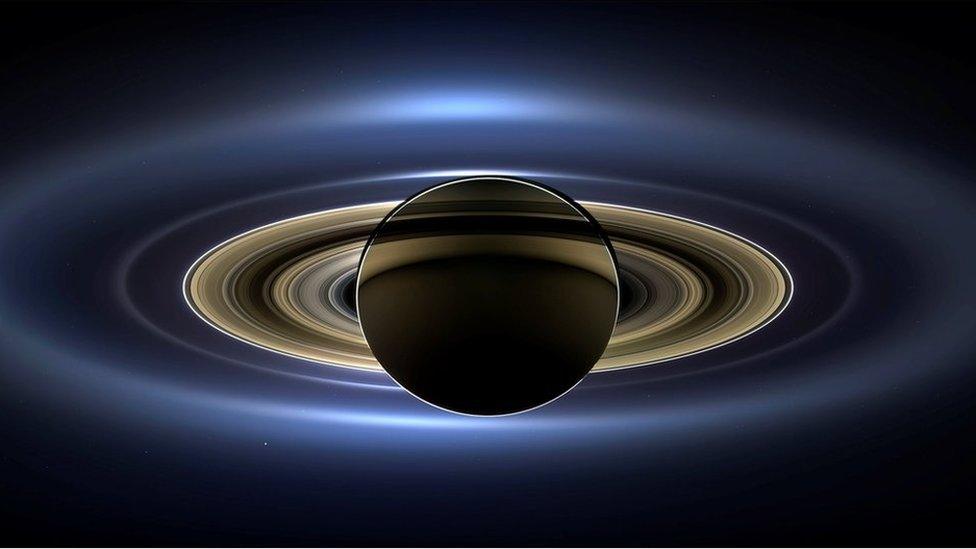
- Published5 August 2016
